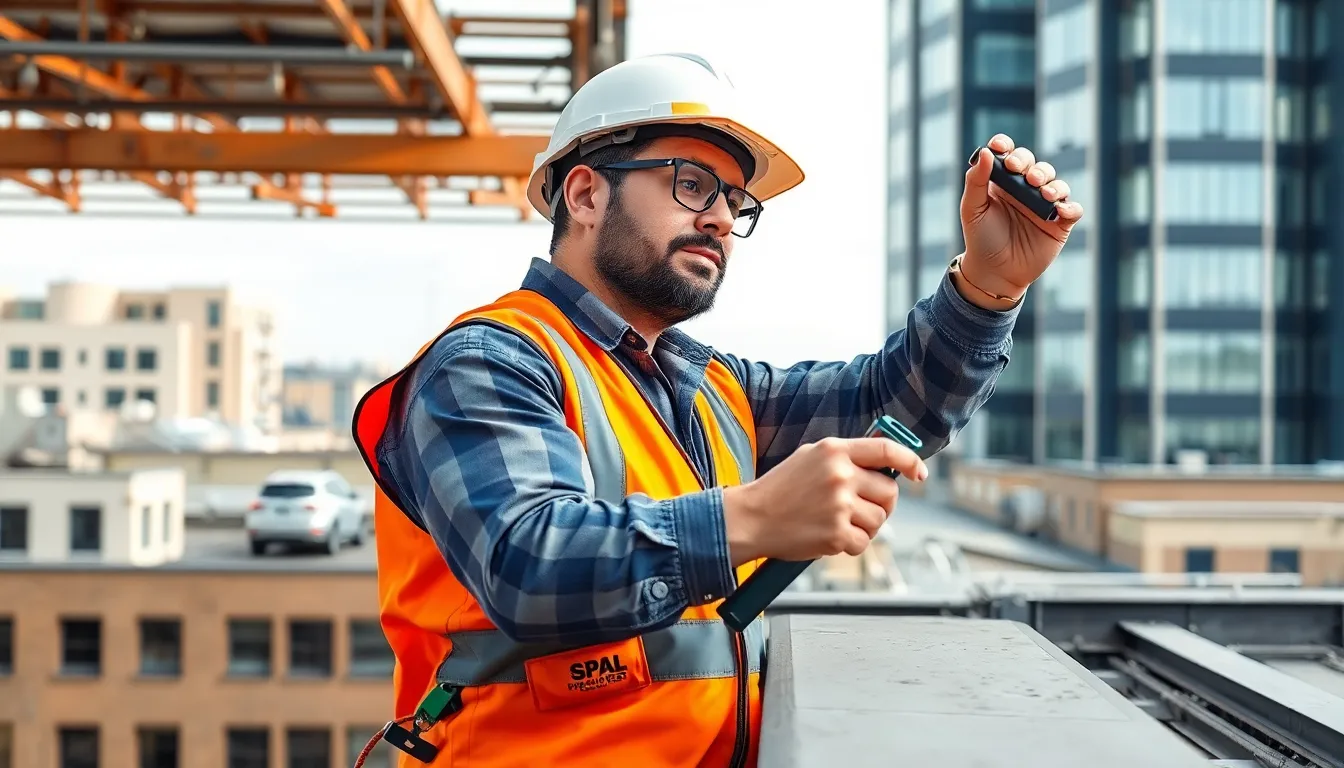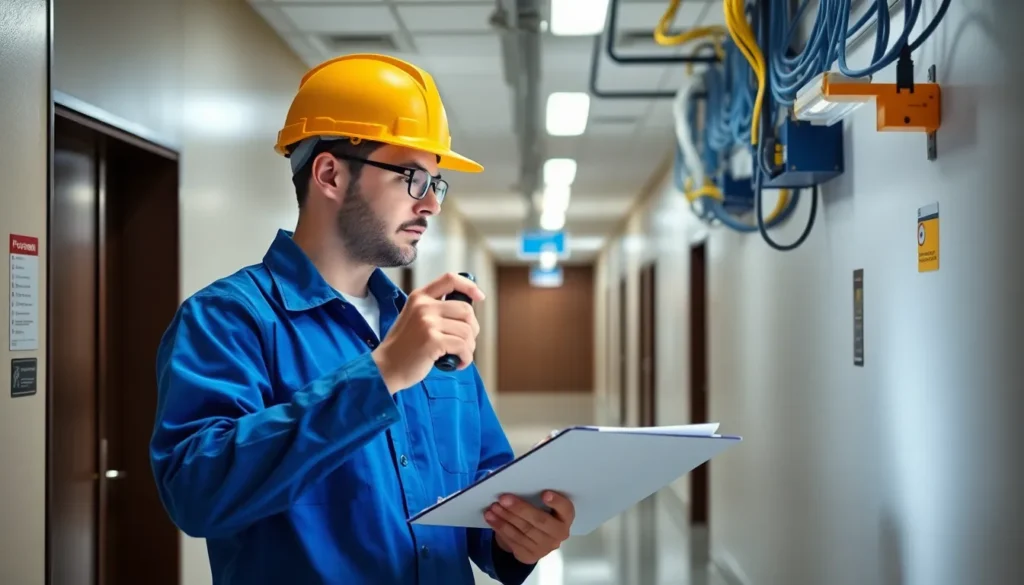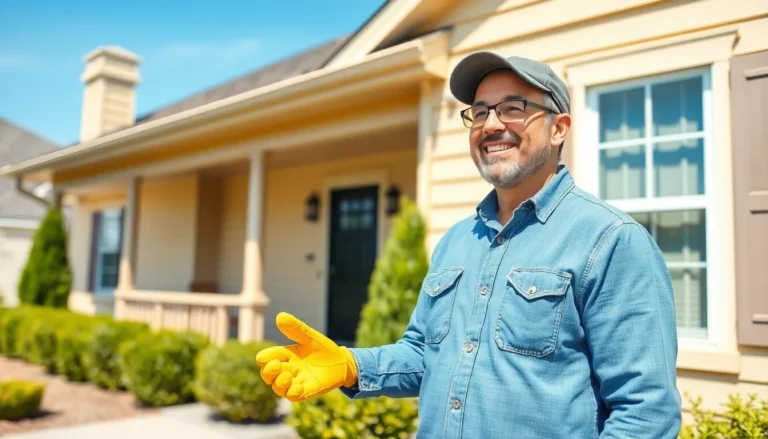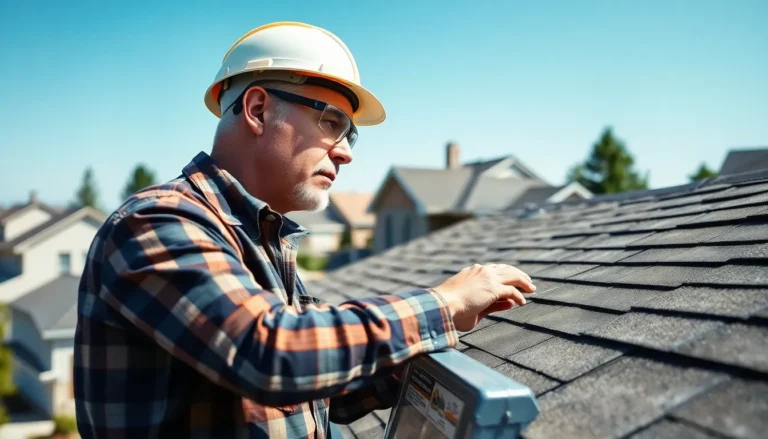In the world of building maintenance, it’s easy to overlook the little things—like that flickering light or the mysterious stain on the ceiling that seems to be judging you. A solid maintenance checklist is the superhero your property needs, swooping in to save the day before small issues become costly nightmares. After all, nobody wants to turn their building into a real-life episode of “This Old House Gone Wrong.”
Table of Contents
ToggleImportance Of A Building Maintenance Checklist
A building maintenance checklist plays a crucial role in the upkeep of properties. It allows property owners to identify and address minor issues, such as flickering lights or ceiling stains, before they escalate into major problems. Prioritizing regular inspections ensures that the building remains safe and functional.
Maintaining a checklist aids in tracking maintenance tasks systematically. With it, property managers can schedule regular upkeep and ensure compliance with safety regulations. This proactive approach often reduces long-term costs associated with emergency repairs.
Additionally, a detailed checklist fosters communication among maintenance staff. Clear responsibilities make it easier for teams to collaborate and address tasks efficiently. Properties benefit from a well-organized maintenance strategy, which enhances overall tenant satisfaction.
Incorporating technology can further optimize maintenance procedures. Online platforms enable real-time tracking and updates for maintenance tasks. This transparency allows building owners to monitor progress quickly, improving accountability.
Documentation of completed tasks through the checklist provides valuable insights into the building’s history. It helps in identifying recurring issues, assisting in planning future maintenance strategies more effectively. Comprehensive records contribute to informed decision-making regarding repairs and upgrades.
Regularly updating the checklist ensures that all significant areas receive attention. This practice confirms that nothing critical is overlooked. By maintaining thorough documentation and frequent inspections, property owners support the longevity of their buildings, creating a safer environment for all occupants.
Essential Components Of A Building Maintenance Checklist

A comprehensive building maintenance checklist includes critical components that ensure optimal functionality. Regular attention to these areas prevents more extensive issues and maintains property value.
Structural Inspections
Structural inspections focus on the building’s integrity and safety. Inspectors examine foundations, roofs, and walls for signs of wear or damage. They look for cracks in the foundation, roof leaks, or water damage on walls. Scheduled inspections, typically quarterly or biannually, identify underlying problems before they escalate. Inspectors record findings to guide future repairs and prioritize urgent issues. Regular structural evaluations support the longevity of the building.
System Checks
System checks encompass essential building systems such as electrical, plumbing, and HVAC. Regular assessments ensure these systems operate efficiently and meet safety standards. Inspectors review electrical panels for corrosion, test plumbing fixtures for leaks, and check HVAC units for performance. Documenting maintenance history allows for trend analysis in system performance. System checks typically occur semi-annually to enhance operational efficiency, reduce energy costs, and extend the lifespan of equipment.
Safety Measures
Safety measures prioritize tenant and staff well-being. Regular evaluations of fire alarms, sprinklers, and emergency exits are essential. Maintenance staff should conduct monthly checks on fire extinguishers to ensure they are functional. Emergency exit routes must remain clear, and drills should occur regularly. Documentation of these safety measures ensures compliance with local regulations. A proactive approach to safety reinforces the building’s reputation and fosters trust among occupants.
Creating Your Own Building Maintenance Checklist
Building maintenance checklists must be tailored to specific property needs. Every building’s age, usage, and design influence what elements require regular attention. Prioritizing essential tasks creates a foundation for effective upkeep.
Customization Tips
Customize the checklist to suit unique building characteristics. Identify critical systems such as HVAC, plumbing, and electrical installations for specialized monitoring. Assess the building layout and include areas like roofs, basements, and common spaces. Establishing a timeline for each task enhances accountability. An adaptable checklist encourages regular updates, ensuring alignment with changing regulations and standards. Involvement from maintenance staff when developing the checklist fosters a sense of ownership and increases communication about specific needs.
Frequency of Maintenance Tasks
Frequency of maintenance tasks varies by building type and usage. Conduct inspections quarterly for essential systems like HVAC and plumbing. Schedule semi-annual assessments for structural integrity to catch issues early. Routine tasks like cleaning gutters, checking fire alarms, and testing emergency lights may require monthly attention. Regularly revisiting the checklist promotes adherence to maintenance timelines. An effective approach not only builds trust with tenants but also optimizes operational efficiency.
Common Mistakes To Avoid
Neglecting routine maintenance tasks often leads to larger, more expensive issues down the line. Skipping minor inspections, such as checking fire alarms or cleaning gutters, may seem harmless but can result in significant safety hazards or property damage.
Failing to customize the maintenance checklist according to the property’s specific needs is another common mistake. Each building has unique characteristics that influence its maintenance requirements, including age and usage. Tailoring the checklist ensures vital systems receive adequate attention.
Ignoring documentation also creates challenges. Without records of completed tasks, it becomes difficult to track recurring issues or provide crucial information for future maintenance strategies. Building owners miss out on valuable insights that informed data can provide.
Overlooking communication among maintenance staff poses risks as well. Clear communication encourages collaboration and helps prioritize tasks effectively. When all team members are aligned, building maintenance processes become more efficient.
Delaying inspections can exacerbate problems. Scheduling regular evaluations for structural integrity, electrical systems, and plumbing must occur consistently. Proactive behavior reduces long-term costs and enhances tenant satisfaction.
Not regularly updating the checklist is a missed opportunity for improvement. As regulations or standards change, so should maintenance procedures. Keeping the checklist current ensures alignment with safe practices and compliance requirements.
Finally, underestimating the importance of preventive maintenance can jeopardize property value. Maintaining a proactive approach not only preserves the building’s integrity but also fosters trust with tenants and promotes longevity. Prioritizing these common mistakes enhances overall building management.
A well-structured building maintenance checklist is vital for effective property management. By regularly addressing minor issues and conducting thorough inspections, property owners can avoid costly repairs and enhance tenant satisfaction.
Incorporating technology into maintenance practices streamlines communication and accountability, ensuring that tasks are completed efficiently. Customizing checklists to fit specific property needs further optimizes maintenance efforts and aligns them with regulatory standards.
Staying proactive and avoiding common pitfalls not only preserves property value but also fosters a safer environment for all occupants. Prioritizing these strategies will lead to long-term success in building maintenance and management.










